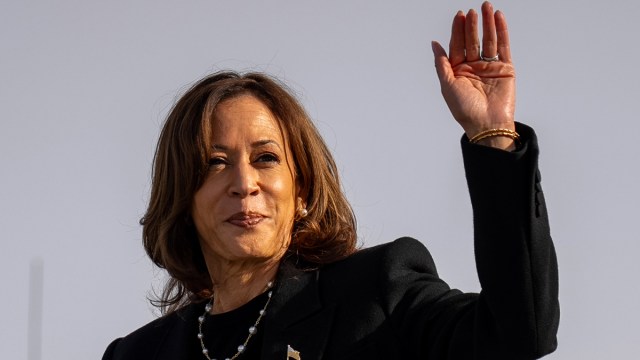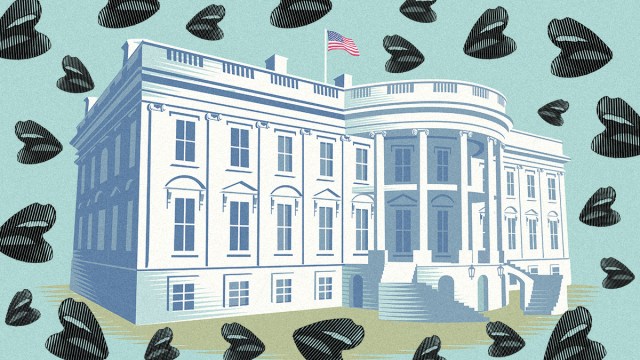Trump’s Bold Marketing Tactics in 2024
In this election, we witnessed unique campaign strategies by both presidential candidates. What struck me most was former President Donald Trump’s ability to deploy marketing in a powerful and polarizing way, a true reflection of his approach to everything: all in, all out, no holds barred. It’s symbolic of how marketing shapes our perceptions of the candidates and even goes a step further in reimagining democracy in the broader American psyche.
As we wrap up this election cycle, let’s dive into the defining moments in the Trump campaign’s marketing tactics.
X and Twitch: The era of unfiltered campaigning
A standout element of Trump’s campaign strategy this cycle was his heavy use of X (formerly Twitter), especially under Elon Musk’s leadership. This platform allowed him to bypass traditional media and communicate directly with his supporters.
While this approach kept his base energized and highly engaged, the unfiltered nature of his posts, which included controversial statements, also raised concerns about deepening societal polarization. On the other hand, this direct communication style gave his campaign a sense of authenticity that resonated with his core audience, even as it risked alienating moderate voters.
Trump also leveraged Twitch, a platform typically associated with gaming, to reach younger, tech-savvy audiences. By streaming rallies and speeches, he connected with viewers who might not follow traditional political coverage. While some users on Twitch criticized the use of the platform for political messaging, this strategy demonstrated his campaign’s adaptability and willingness to engage with emerging digital spaces.
Podcasting: A key player in modern political strategy
Podcasting played a significant role this election season, offering candidates a more casual and in-depth way to connect with listeners. Notably, Kamala Harris appeared on the Call Her Daddy podcast while Trump was featured on The Joe Rogan Experience. This appearance provided him with an expansive three-hour interview, showcasing his “weaving” and rambling style of talking.
With podcast audiences seeking meaningful content, this medium has emerged as a valuable tool for humanizing candidates and reaching voters on a more personal level.
The surprising endorsements: Michigan’s Muslim community
One of the more unexpected developments of Trump’s campaign was endorsements from some Muslim organizations in Michigan, a critical battleground state. Despite Trump’s history of controversial policies (such as the Muslim Ban, the executive order that banned foreign nationals from seven countries that skewed Muslim), his localized messaging and emphasis on issues like Middle Eastern peace seemed to resonate with certain segments of the community.
For some voters, these messages outweighed past grievances, highlighting the complex and pragmatic factors that can influence political support. This example underscores how strategic marketing can sometimes bridge significant divides.
Influencers and content creators: Engaging young audiences
One of the more surprising strategies employed by Trump’s campaign was its collaboration with social media influencers and content creators, such as Logan Paul and Adin Ross. These partnerships engaged younger, often politically indifferent voters through platforms where they are most active. By appearing on popular streams or collaborating with well-known digital personalities, Trump’s team sought to generate excitement and potentially sway young voters who might otherwise ignore conventional political messaging.
Despite younger generations predominantly leaning Democratic, Trump’s campaign made a calculated effort to connect with this demographic. Experts suggest that these strategies aren’t necessarily about winning a majority—it’s about making small, strategic gains that can be critical in a tight presidential race. Even minor shifts in voter sentiment among young people could significantly impact overall election outcomes, and influencer culture is increasingly seen as a means to tap into peer influence and broad digital reach.
These collaborations not only amplified Trump’s messages but also infused a sense of modernity and relevance into his campaign. By aligning with popular figures in the digital space, Trump positioned himself as a candidate who understands the evolving media landscape and recognizes the importance of engaging with young voters on their terms.
A master class in the unconventional
Trump’s marketing strategy this election cycle was a master class in direct communication and unconventional tactics. His presence on X, Twitch, and podcasts, combined with prominent influencer collaborations, demonstrated a willingness to innovate and reach voters in new ways. As Americans prepare to vote, the effectiveness of these efforts remains a central question.
Regardless of the outcome, Trump’s campaign redefined political marketing, illustrating both its power to shape narratives and its capacity to deepen societal divides.
https://www.adweek.com/social-marketing/trumps-bold-marketing-tactics-in-2024/

